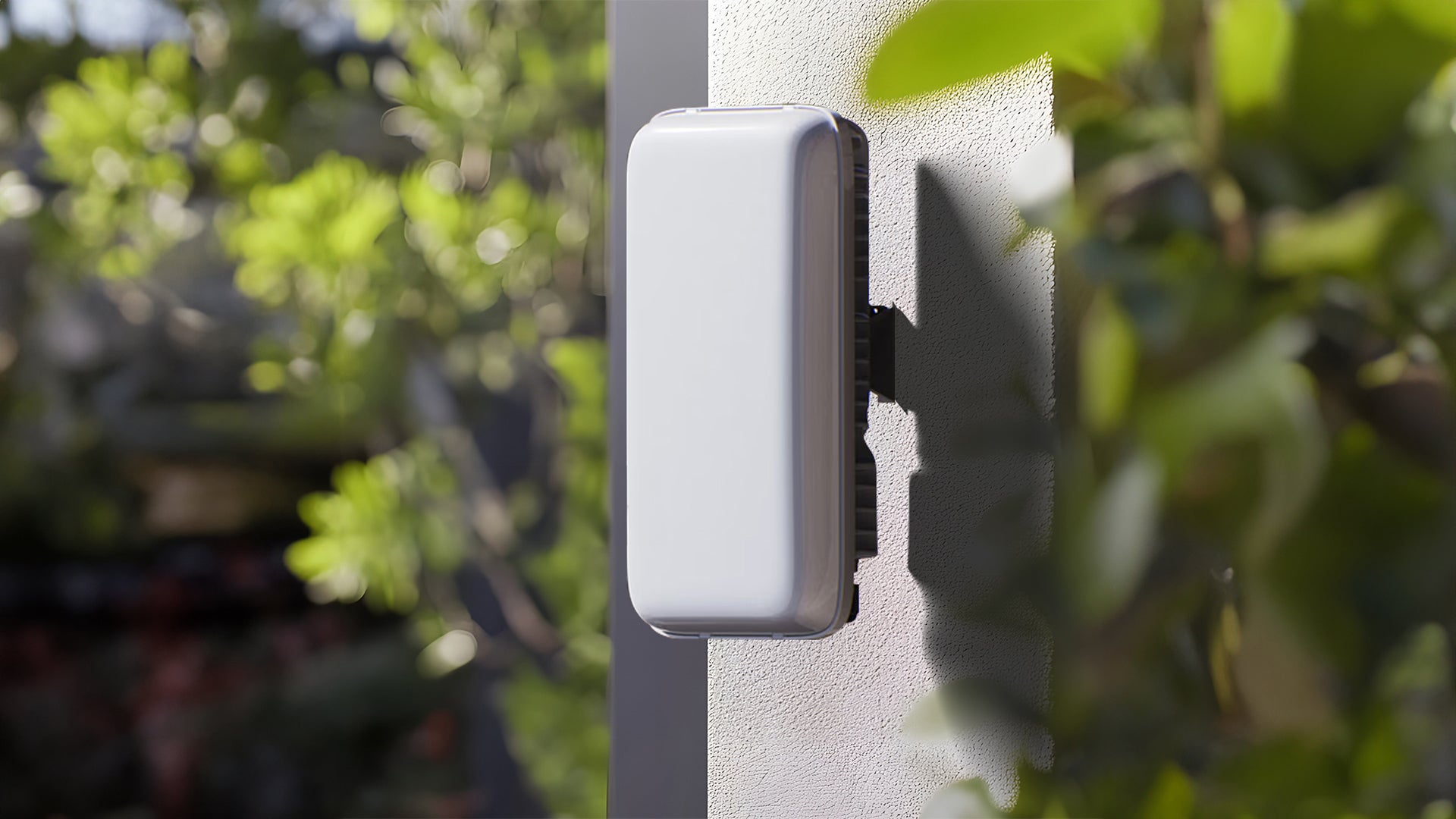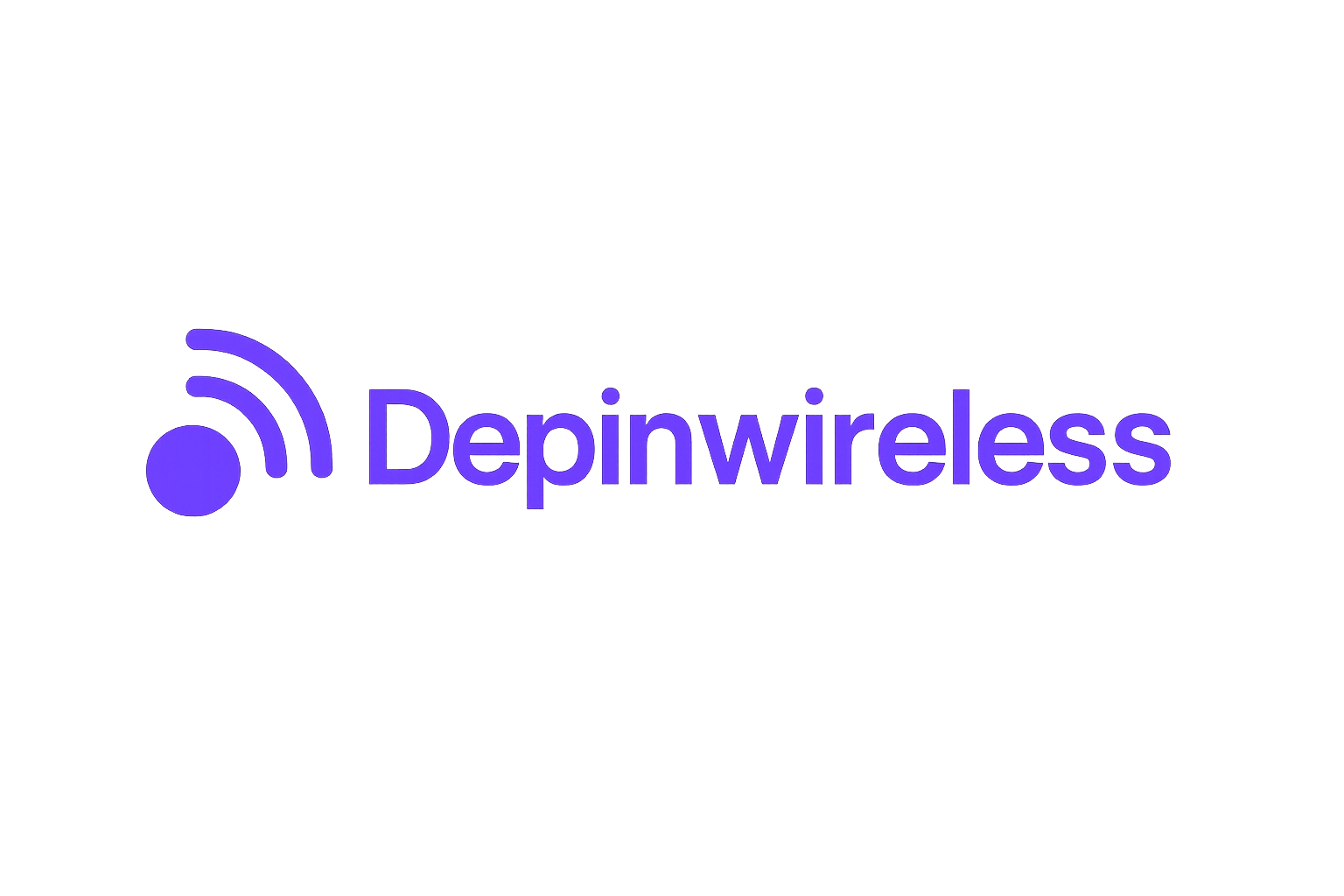
In 2025, the decentralized wireless landscape is being fundamentally reshaped by the maturation of Proof-of-Space-and-Time (PoST) blockchains. These next-generation protocols are quietly powering a new era of connectivity, one that prioritizes energy efficiency, security, and open participation. As traditional Proof-of-Work systems face mounting criticism over energy consumption and scalability bottlenecks, PoST blockchains are gaining traction for their ability to leverage underutilized storage and temporal commitments. This shift is not theoretical – it is already underpinning some of the most ambitious projects in decentralized wireless infrastructure.
Why Proof-of-Space-and-Time Matters for DePIN Wireless Infrastructure
The core innovation behind PoST is its use of storage space as a primary resource for consensus, rather than raw computational power. This approach dramatically reduces energy requirements while maintaining robust security guarantees. For decentralized wireless networks – including those supporting 5G, WiFi, and IoT connectivity – these characteristics are essential. Network participants can now run nodes on lightweight hardware without incurring prohibitive costs or environmental impacts.
Projects like Archivas ($RCHV) have brought production-ready PoST blockchains to market with a focus on sustainability and fairness. By eliminating barriers to entry and incentivizing honest participation through open protocols, Archivas and its peers are democratizing access to wireless infrastructure. The result is a more resilient network fabric that can adapt to local demand while defending against centralized points of failure.
Helium Network: Real-World Application of PoST in Decentralized Wireless
The Helium Network stands as a prominent example of PoST integration in practice. Following its migration to the Solana blockchain in April 2023, Helium has continued to refine its Proof-of-Coverage algorithms – mechanisms that verify both the legitimacy and quality of wireless coverage provided by individual nodes. Participants deploy LoRaWAN gateways or Wi-Fi hotspots in their homes or businesses, earning Helium Network Tokens (HNT) as rewards for contributing reliable coverage.
This system is not just theoretical; it is reflected in real market dynamics. As of November 14,2025, HNT trades at $2.35, up modestly by 0.0307% on the day with a high of $2.49 and a low of $2.26. Such price stability signals growing confidence in Helium’s model as it scales its dual networks for IoT devices and mobile phone coverage.
The migration to Solana was designed specifically to address scalability concerns while lowering transaction costs – both critical for supporting millions of micro-transactions generated by device activity across the network. The adoption of advanced PoST mechanisms ensures that even as Helium grows, it remains accessible for small operators while preserving network integrity.
Space and Time: Securing Data Integrity Across Decentralized Networks
If Helium exemplifies PoST’s impact on physical connectivity, then Space and Time (SXT Chain) demonstrates its importance for data integrity within decentralized applications. Launched publicly in May 2025, Space and Time provides zero-knowledge-proven data services tailored for smart contracts across leading blockchains like Ethereum.
This architecture enables developers to access ZK-proven data via sub-second SQL queries – an innovation known as “Proof of SQL. ” By distributing data storage across independent validators using PoST principles, Space and Time eliminates single points of failure while guaranteeing verifiable accuracy for every query processed.
The implications are far-reaching: secure data feeds become foundational building blocks not just for DePIN wireless networks but also for enterprise applications requiring high standards of auditability and transparency.
Pioneering Cybersecurity in IoT Through Blockchain Consensus
The convergence between blockchain consensus algorithms like PoST and clustered wireless sensor networks (WSNs) has also catalyzed advancements in cybersecurity across IoT deployments. Recent research published in academic journals throughout 2025 highlights how these technologies are being used to ensure end-to-end data integrity, especially within complex space, air, ground integrated networks where trustless communication is paramount.
Helium (HNT) Price Prediction 2026-2031
Forecasting HNT performance in the era of Proof-of-Space-and-Time powered decentralized wireless networks
| Year | Minimum Price (Bearish) | Average Price | Maximum Price (Bullish) | % Change from 2025 Avg |
|---|---|---|---|---|
| 2026 | $1.80 | $2.60 | $3.40 | +10.6% |
| 2027 | $1.95 | $2.90 | $3.90 | +23.4% |
| 2028 | $2.10 | $3.30 | $4.60 | +40.4% |
| 2029 | $2.30 | $3.85 | $5.40 | +63.8% |
| 2030 | $2.60 | $4.40 | $6.30 | +87.2% |
| 2031 | $2.95 | $5.00 | $7.20 | +112.8% |
Price Prediction Summary
Helium (HNT) is projected to experience steady growth from 2026 to 2031, underpinned by increasing adoption of decentralized wireless networks, improvements in PoST consensus, and the expanding use of IoT and mobile coverage solutions. While short-term volatility is expected due to broader crypto market cycles and competition, the long-term outlook remains positive, with HNT potentially more than doubling its average price by 2031 compared to 2025. The minimum and maximum price ranges reflect both bearish and bullish scenarios, accounting for regulatory risks and technological breakthroughs.
Key Factors Affecting Helium Price
- Rapid enterprise and IoT adoption of decentralized wireless infrastructure.
- Continued improvements in Proof-of-Space-and-Time (PoST) consensus enhancing network efficiency and security.
- Potential integration with other decentralized data and storage solutions (e.g., Space and Time, Filecoin).
- Regulatory clarity or headwinds impacting decentralized wireless and crypto assets.
- Market competition from alternative wireless and IoT networks or consensus models.
- Broader crypto market cycles influencing investor sentiment and liquidity.
- Sustained innovation and ecosystem growth following Helium’s migration to Solana.
Disclaimer: Cryptocurrency price predictions are speculative and based on current market analysis.
Actual prices may vary significantly due to market volatility, regulatory changes, and other factors.
Always do your own research before making investment decisions.
This new paradigm empowers device manufacturers and service providers alike to deploy secure IoT solutions at scale without relying on centralized authorities or proprietary systems prone to single-point breaches.
As decentralized wireless networks mature, the practical benefits of Proof-of-Space-and-Time (PoST) consensus are becoming increasingly evident. The energy savings and lower hardware requirements enable a wider range of participants to contribute, expanding network reach and resilience. This democratization is not just theoretical, it is visible in the growing diversity of node operators and the geographic spread of DePIN wireless infrastructure in 2025. By relying on readily available storage resources, PoST blockchains make it feasible for individuals and small businesses to play an active role in the next generation of connectivity.

Market Signals and Investor Perspective
For investors and industry professionals monitoring the decentralized wireless sector, current price trends underscore a period of cautious optimism. Helium Network Token (HNT) maintains its position at $2.35, reflecting both market stability and growing trust in Helium’s dual-network model. Filecoin (FIL), another key player in decentralized storage, trades at $2.01, further highlighting the sector’s focus on sustainable value rather than speculative hype.
This relative price stability suggests that market participants are taking a long-term view, prioritizing fundamentals such as network growth, real-world adoption, and protocol sustainability over short-term volatility. As more enterprises integrate DePIN solutions into their operations, driven by both cost savings and regulatory pressures for data sovereignty, the foundational role of PoST blockchains is likely to become even more pronounced.
Beyond Connectivity: Building Trustless Wireless Ecosystems
The integration of PoST blockchains into decentralized wireless networks is fostering a broader shift toward trustless infrastructure across the digital landscape. By anchoring both connectivity and data integrity to transparent, auditable protocols, these networks are setting new standards for reliability and security. This is particularly significant for mission-critical applications, such as smart cities, autonomous vehicles, and industrial IoT, where even minor disruptions can have outsized consequences.
Moreover, as enterprise adoption accelerates (with Gartner projecting that 70% of organizations will leverage multiple blockchain networks by 2025), interoperability between PoST-powered systems like Helium, Space and Time, and Archivas will be essential. The ability to share verified data seamlessly across networks will unlock new efficiencies while reducing systemic risk.
What’s Next for Wireless Blockchain Protocols?
The coming years will test the scalability claims of PoST blockchains as device counts surge into the billions with 5G- and IoT-driven deployments. Projects that continue to prioritize open participation, low barriers to entry, and robust security models are best positioned to thrive as competition intensifies.
For now, Helium’s continued momentum, with HNT holding steady at $2.35, and Space and Time’s rapid developer adoption provide clear signals that fundamentals-focused projects are capturing mindshare among both users and investors. As always, careful due diligence remains paramount; while PoST offers compelling advantages over legacy consensus mechanisms, execution risk persists in this fast-evolving sector.
Helium (HNT) Price Prediction 2026–2031
Forecast based on current market conditions, adoption trends, and the evolution of Proof-of-Space-and-Time (PoST) blockchains in decentralized wireless networks. Prices in USD.
| Year | Minimum Price | Average Price | Maximum Price | Potential % Change (Avg) | Market Scenario Insights |
|---|---|---|---|---|---|
| 2026 | $1.85 | $2.60 | $3.40 | +10% | Sideways to modest bullish; network adoption grows, but competition and moderate regulatory headwinds cap upside. |
| 2027 | $2.10 | $3.10 | $4.25 | +19% | Positive momentum with new enterprise partnerships; improved IoT integration and global expansion fuel growth. |
| 2028 | $2.35 | $3.80 | $5.10 | +23% | Bullish scenario as PoST networks become industry standard; regulatory clarity and interoperability drive value. |
| 2029 | $2.70 | $4.45 | $6.25 | +17% | Steady growth as decentralized wireless matures; increased competition but Helium maintains strong market share. |
| 2030 | $2.95 | $5.10 | $7.40 | +15% | Adoption surges with 5G/IoT convergence; bullish market cycle, but volatility increases. |
| 2031 | $2.60 | $4.60 | $6.80 | -10% | Potential market correction after extended bull run; long-term fundamentals remain strong, but macro headwinds emerge. |
Price Prediction Summary
Helium’s price outlook from 2026 to 2031 is moderately bullish, reflecting the growing role of PoST blockchains in powering decentralized wireless networks. While the network faces increasing competition and potential regulatory changes, its continued technological evolution and expanding use cases—especially in IoT and mobile coverage—provide a strong foundation for sustained growth. The forecast anticipates both cyclical market corrections and periods of robust momentum, resulting in a progressive yet realistic price trajectory.
Key Factors Affecting Helium Price
- Adoption rate of PoST and decentralized wireless technologies across industries
- Regulatory developments impacting crypto and decentralized networks globally
- Competitive pressure from other decentralized storage and wireless projects (e.g., Filecoin, Archivas, Space and Time)
- Technological improvements in scalability, security, and interoperability
- Macro market cycles and investor sentiment toward utility-driven tokens
- Potential partnerships with enterprises and governments for IoT and wireless infrastructure
Disclaimer: Cryptocurrency price predictions are speculative and based on current market analysis.
Actual prices may vary significantly due to market volatility, regulatory changes, and other factors.
Always do your own research before making investment decisions.
The evolution underway across decentralized wireless networks is not merely technical, it represents a fundamental reimagining of how connectivity can be provisioned at scale: open-source by design, resilient by architecture, sustainable by necessity. For those willing to look past short-term noise and focus on underlying trends in protocol development and real-world usage, the future of DePIN infrastructure powered by Proof-of-Space-and-Time looks increasingly robust, and worth watching closely.





